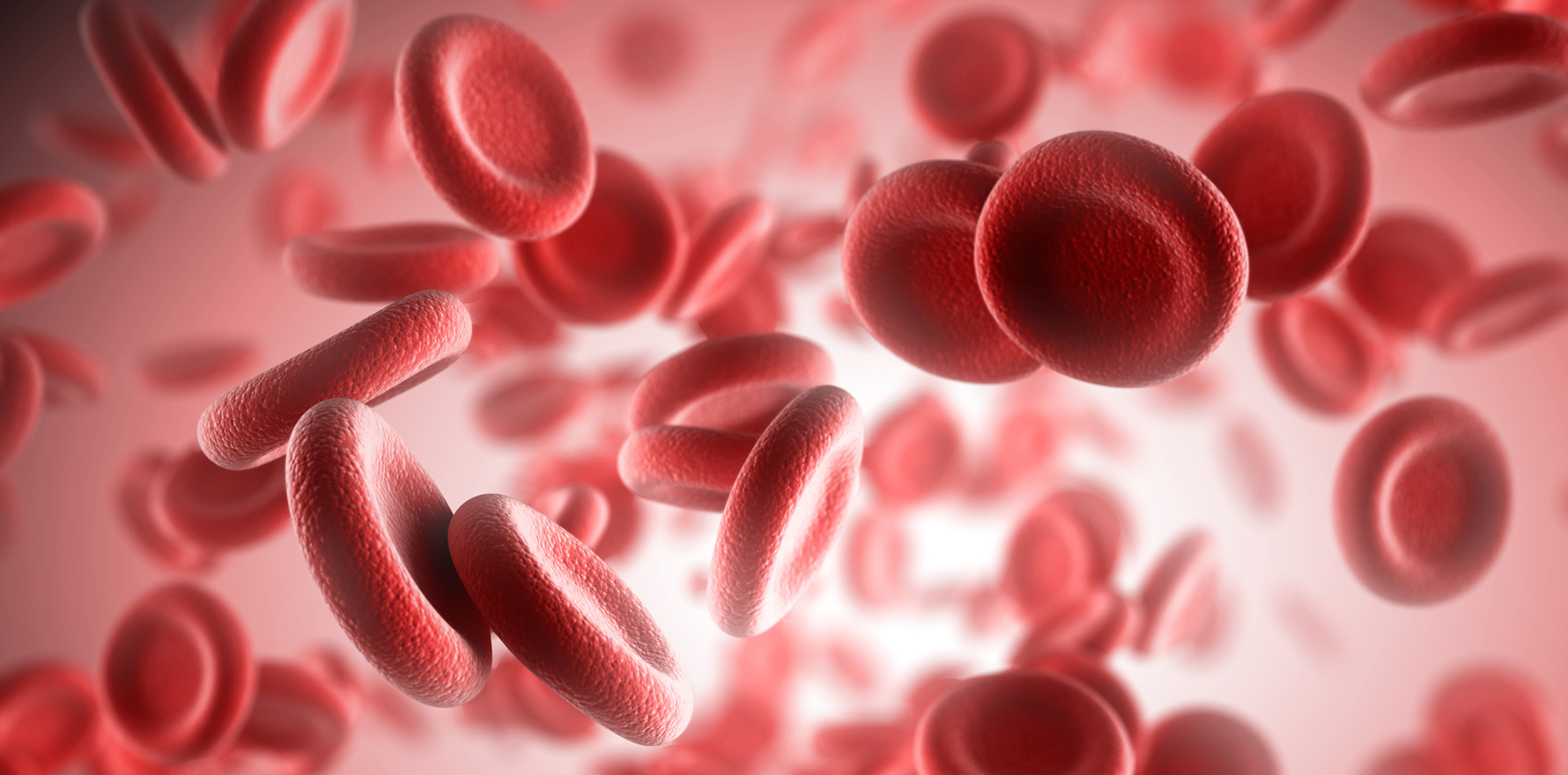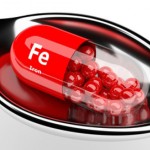There are two types of iron deficiency: absolute and functional
Absolute iron deficiency is usually diagnosed patients with ferritin levels below 15 to 20.
However, this cut off point has changed over time and can vary between pathology labs, says Dr Pradeep Jayasuriya, a GP and the past director of research at the RACGP in WA.
“If you look at the literature now there is consensus that a ferritin level of 30 would constitute absolute iron deficiency,” he says.
Iron deficiency is a continuum and patients with ferritin over 30 may still require treatment depending on the clinical context.
“There are no hard and fast rules on [ideal iron levels],” says Dr Jayasuriya.
“If you are a young woman you probably want to be around 70 to 80 ferritin at least.”
Functional iron deficiency is differentiated from absolute iron deficiency.
Patients with functional iron deficiency have inadequate utilisation of iron due to elevated hepcidin, a protein that blocks the release of iron from the iron storage cells.
So what raises hepcidin? It is often high in chronic disease states, such as heart failure and renal failure.
A transference saturation of less than 20% could indicate functional iron deficiency.
[media_embed] https://player.vimeo.com/video/177185701[/media_embed]




